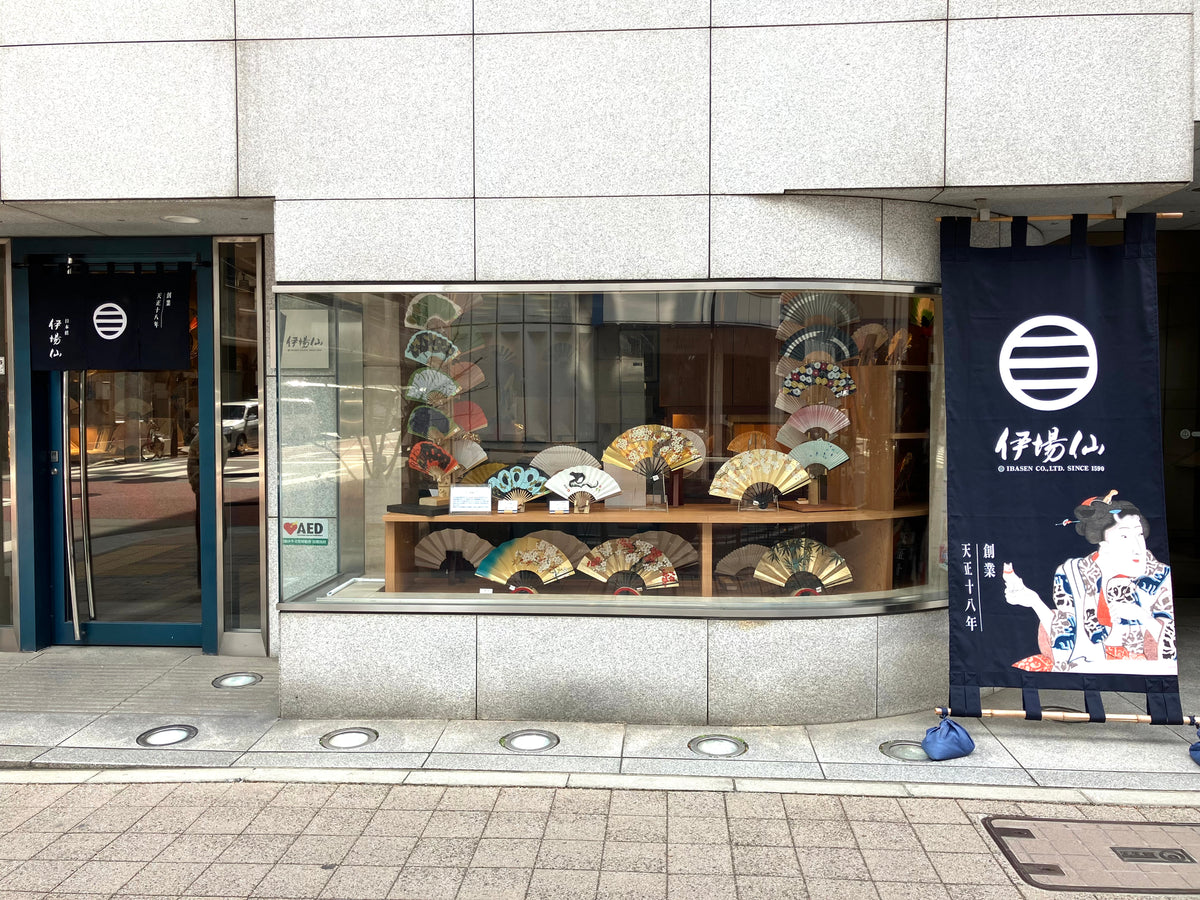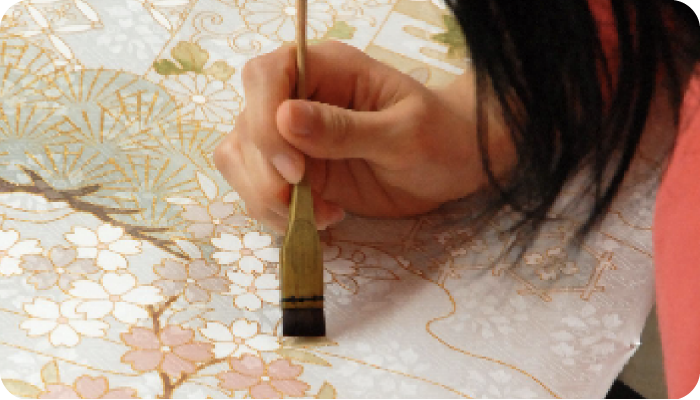fanfolding fan・round fanWhat is the difference between a fan and a fan? History of each and 6 recommended products
We are all familiar withfolding fanandround fan. They are all known as tools used to create wind by fanning with the hands, but what exactly are the differences between them? In this article, we will discuss the difference between a fan, afolding fan・round fanand its history. In addition, we will discuss the long-establishedIbasenrecommends the fan andfolding fan・round fanof6products. From now onfolding fanandround fanIf you are planning to purchase a new product, please keep in mind the differences in their features.
Fan andfolding fan、round fanDifference between
First, let's look at the difference between a fan (ougi) and afolding fan(senzu), the difference between a fan and around fan(uchiwa), respectively. Let's also keep in mind the changes that have occurred in the language over its long history.
The difference between a fan and anfolding fanDifference between
Today, there is a difference between a "fan" and afolding fanare commonly used to mean almost the same thing. However, the word "fan" used to refer to any tool that was held in the hand and used to generate wind. In contrastfolding fanwas used to refer to a folding fan that could be carried around.
The difference between a fan and around fanDifference between
folding fanas well as the fact that there used to be a "round fan" was also a tool for creating wind by fanning, and was included in the fan. Nowadays, however, theround fanis used separately from a fan. In the present dayround fanrefers to a bamboo frame to which Japanese paper or cloth is attached in a circular shape. A fan orfolding fanUnlike theround fancannot be folded.
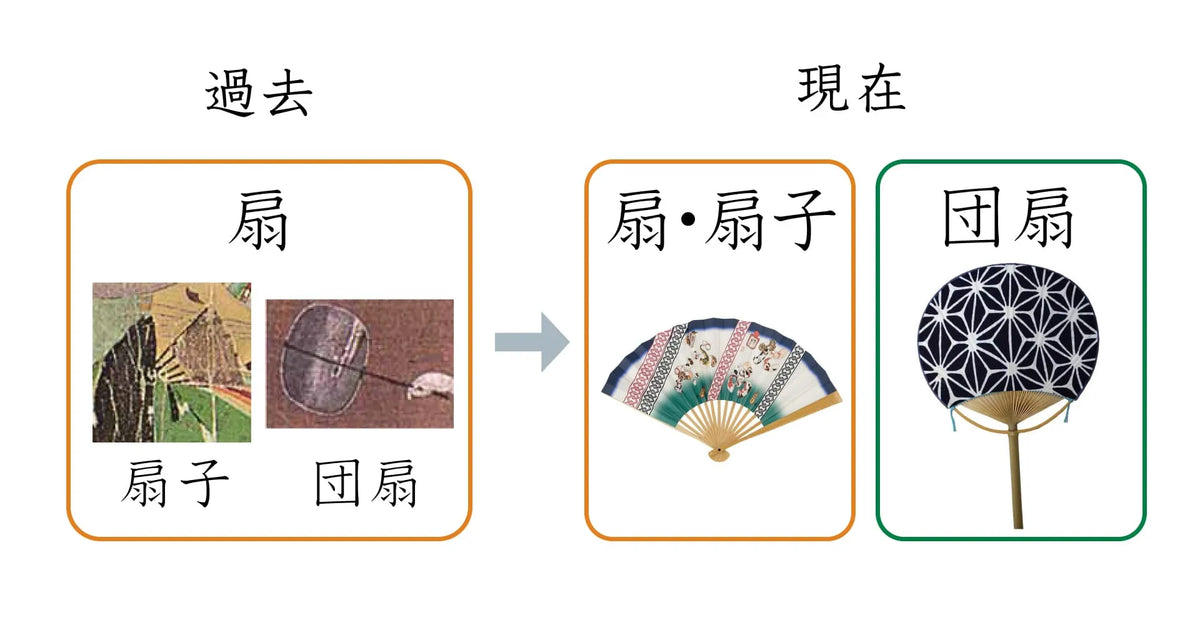
Fans andfolding fan、round fanHistory of
Ougiyafolding fan、round fanwas born and how did it come to be what it is today? We will tell you the history of tools traditionally used in Japan.
The fan andfolding fanHistory of
the fan and the fan shopfolding fanfoldable-shaped utensils, such as fans, originated in Japan in the early Heian period (794-1185). The first ones were called "hinoki-fan" and were made of wood. Hinoki fans were made of wood and bound with a hole punched in the end of a wooden letter, and mainly served as a notepad for men to write down courtly manners and etiquette. Gradually, hinoki fans came to be decorated with gorgeous colors and pictures, and eventually became popular among the women of the court. The hinoki fans held by women were called "Ano-no-Ougi" (formal name for a hinoki fan), and they were also favored as ornaments.
Later, the "kawahori-ogi," a paper fan with a bamboo frame and paper attached to one side, appeared. It is not certain when the bat fan was born, but it is known that modern fans andfolding fanThe shape of the fan is similar to that of a modern fan or a folding fan. The bat fan was exported to China, where it was transformed into a fan with paper pasted on both sides, and reimported to Japan, where it became widespread. This is how the modern fan orfolding fanIt is thought that this is how the modern fan or fan
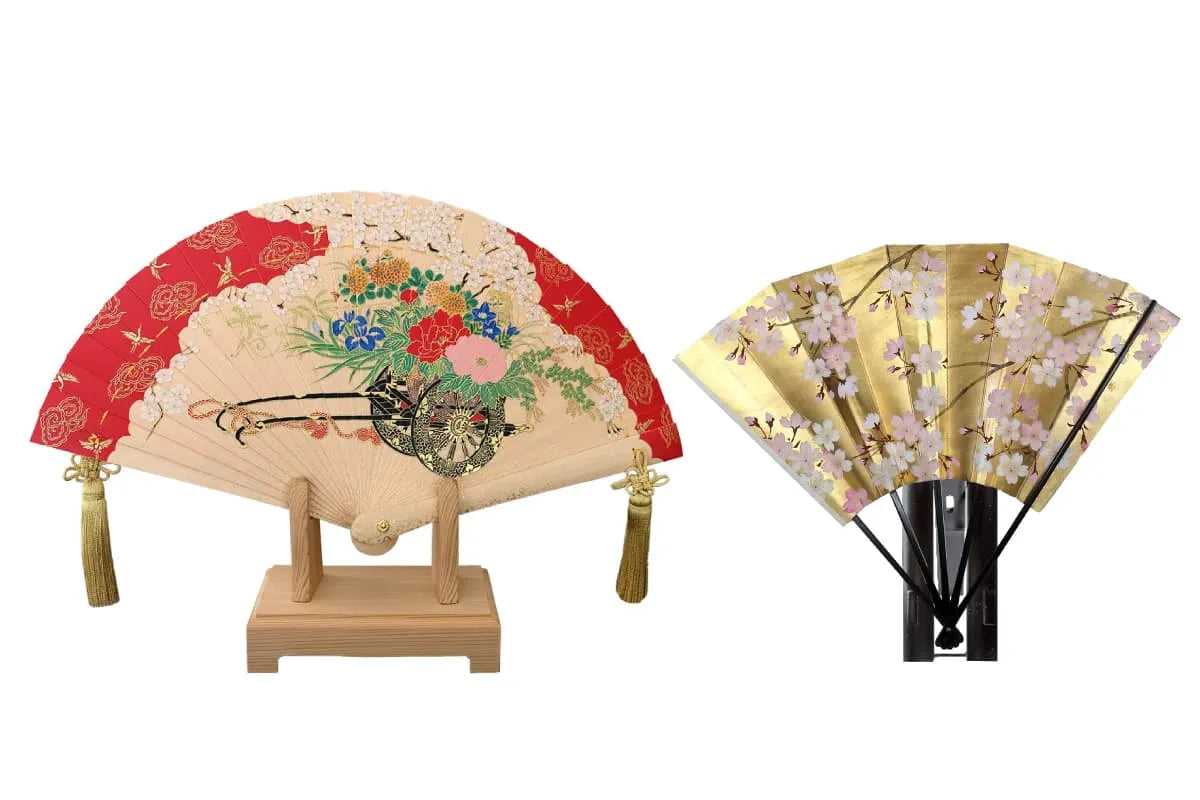
round fanHistory of
round fanincludes the fan and thefolding fanhas a longer history than that of ancient China and Egypt,round fanIn ancient China and Egypt, there are records of the use of the fan and the fan-shaped fan. The tool used in China at that time was called "shades" and was shaped like a fan with a long handle. It was used by people of high rank as a symbol of authority. It seems that shades were used to hide the body and keep cool. Later, shades were introduced to Japan and have been excavated from remains from the Kofun period.
Recommended fans andfolding fan、round fan
Finally, we recommend fans andfolding fan、round fanto introduce you to some of our favorite fans and fans. Modern items come in a wide variety of designs and types, and many of you may use them in your daily life or hobbies. Please take a look at our selection guide.
Recommended Fansfolding fan
Fans andfolding fanis compact and easy to carry. It also makes the person using it look elegant when taking the cool air. It is also recommended for those who want to enjoy coordinating it with a kimono.
Title
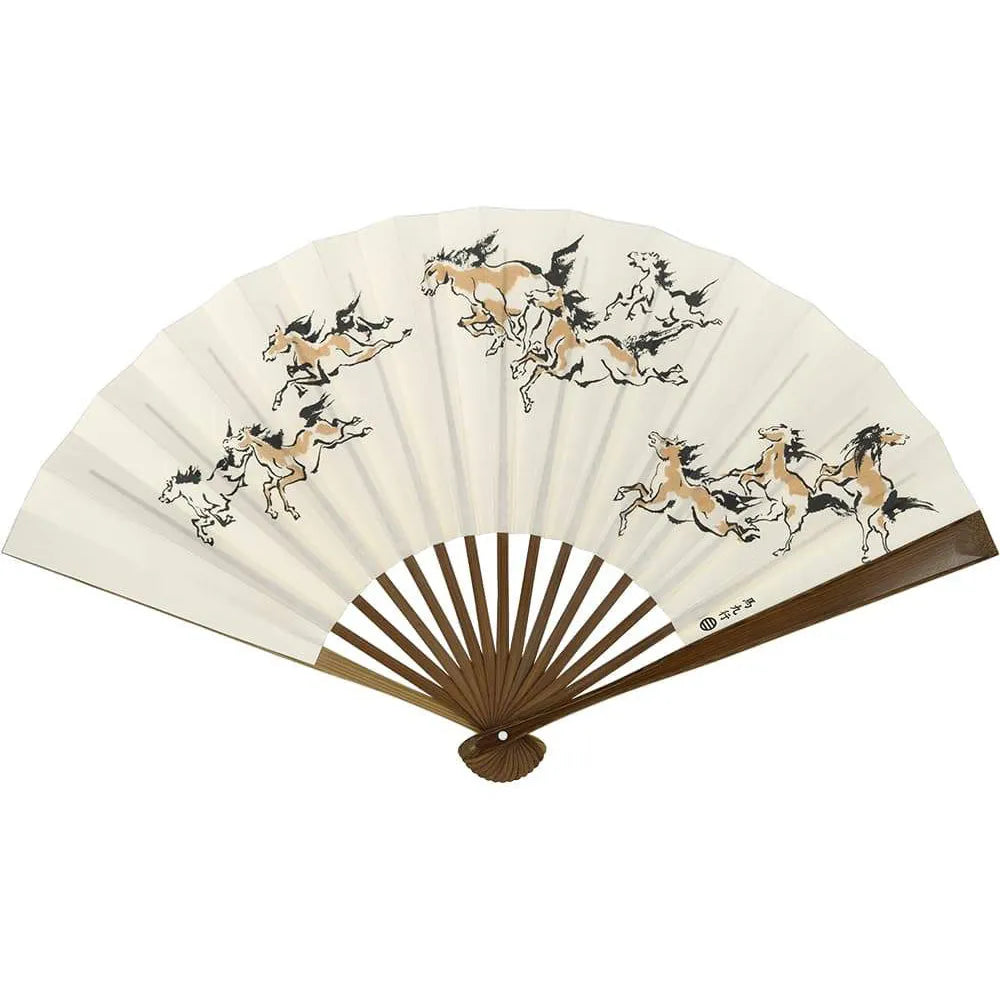
Edo fan No.15 Ma Ku Go (Umakuiku)
Auspicious with a motif of nine horses.folding fanThe motif is of nine horses. It is an alliterative character meaning "all things will go well" or "everything will go well". The nine horses represent the nine fortunes of victory, money, success in life, family, love, health, prosperity in business, a good catch and a good harvest, and success in entrance examinations. All of the horses face left, which means "there is nothing to the right of the horse," and is also meant to increase one's luck in the game.
Title
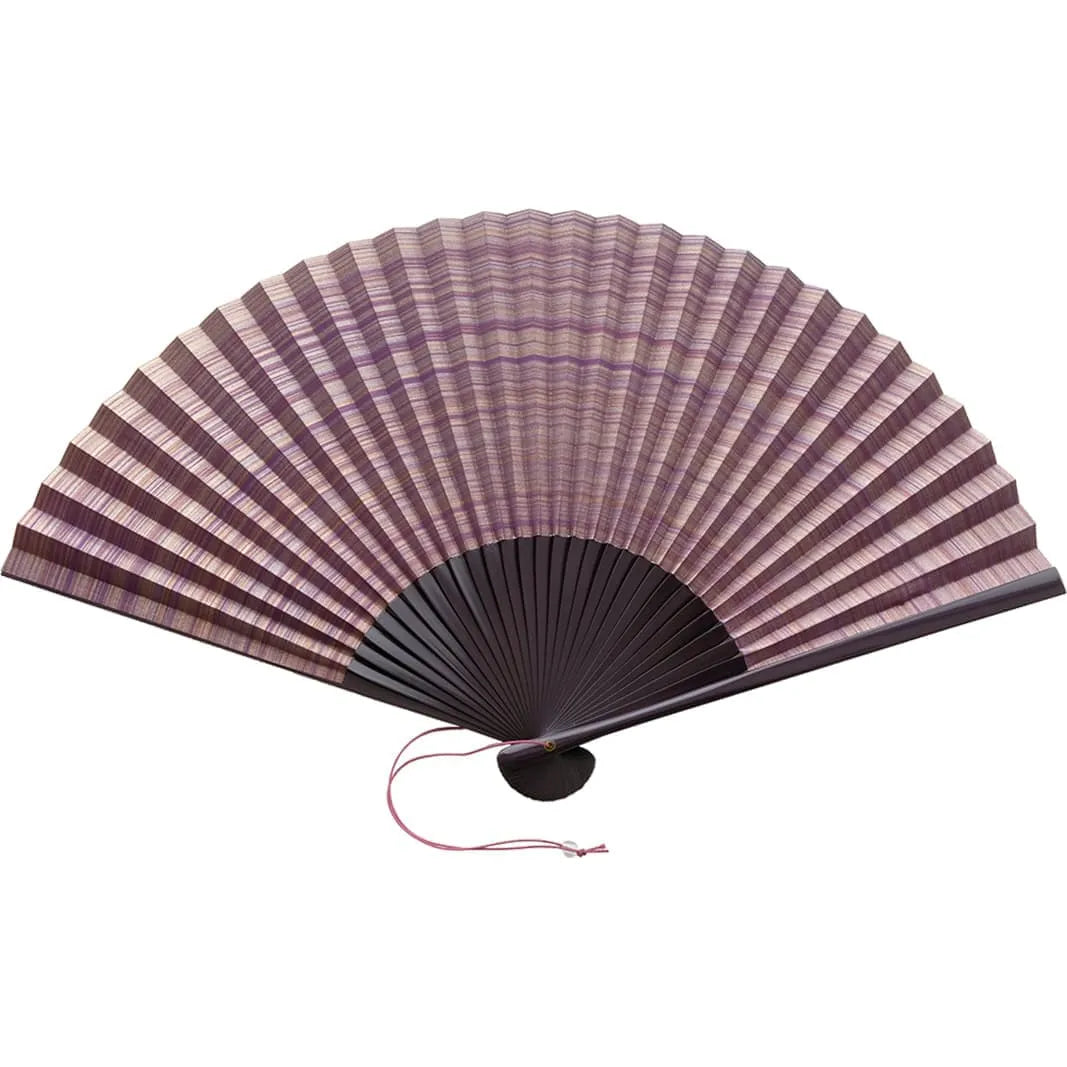
Shikebiki fanDouble-sided Pattern Purple [Reprinted in Japanese Gen-Urushi] with Paulownia Box and Bag 7.5
Shikebiki fanDouble-sided Pattern Purple, Paulownia Box with Bag 7.5cm
High-quality bamboo wood is coated with our original color scheme of Hon-Urushi lacquer and finished to a high quality.folding fanThe purple fan with brush marks is "shi" (purple). The purple fan with brushstrokes is finished by a traditional technique called "shikebiki". It is a high quality product suitable for an adult's attire.folding fanThis product is recommended for those who are looking for a high quality fan that is suitable for adult wear. The accompanying pouch is beautifully embroidered with a shikebiki pattern. Please use it for carrying and storing.
Title
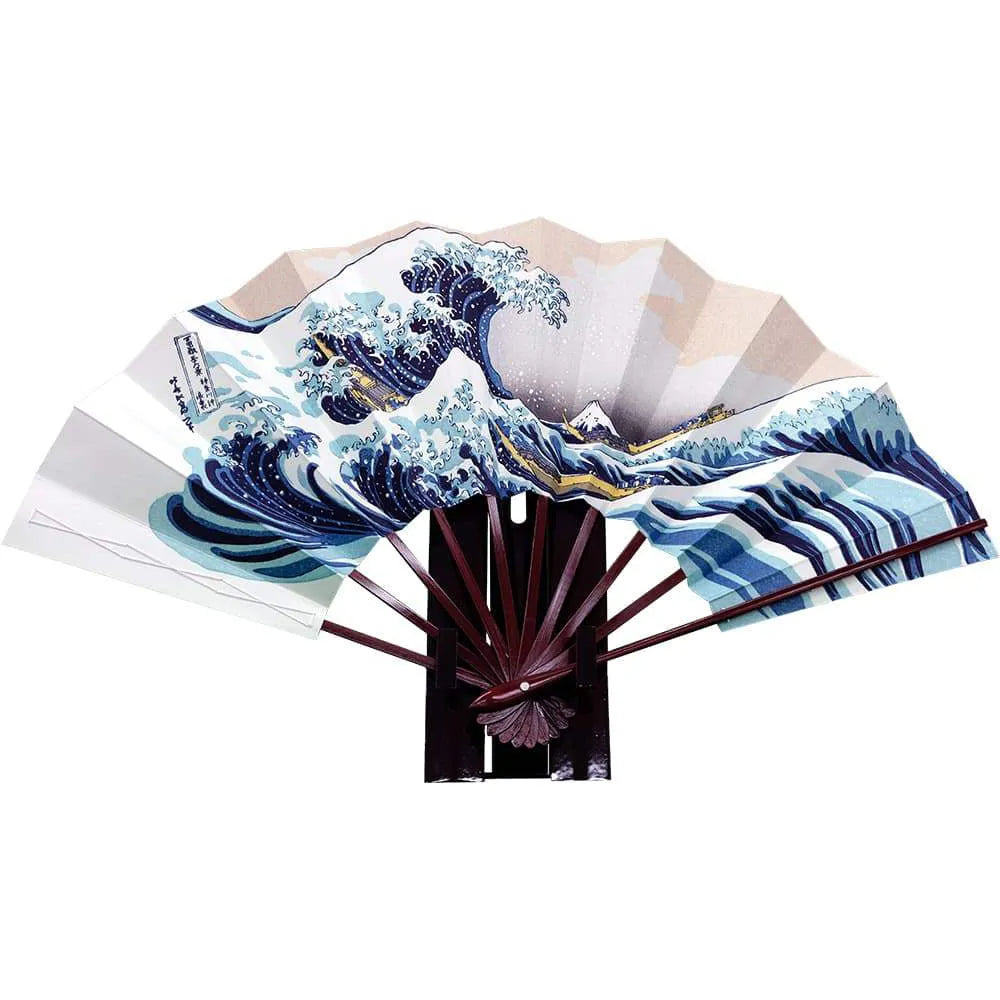
Ukiyo-e Woodblock print fan, Ukiyo-e Fugaku Sanjurokkei Hokusai Kanagawa-oki Namiura Box &folding fanwith stand
A woodblock print is a letterpress print made from a wooden baseplate.IbasenHandled byfolding fanThe only woodblock prints in thefolding fanIt is the only woodblock print of its kind in the world. The decorative fan from "Fugaku Sanjurokkei (Thirty-six Views of Mt. Fuji)," known as Katsushika Hokusai's masterpiece, is one of the most popular ukiyoe prints in Japan and abroad as "Kanagawa Okinamiura" with its powerful giant waves and Mount Fuji. The fan with its gorgeous design is also appreciated in gift-giving situations as an indoor decoration. Attachedfolding fanstand can be used for either wall-hanging or stationary display, so it can be displayed wherever you prefer. [1]
Recommendedround fan
Cool and chic impression.round fanThe Because of its air volume, it will be useful in many situations during the hot season. It is also perfect for carrying for scenes where you go out in yukata.
Title
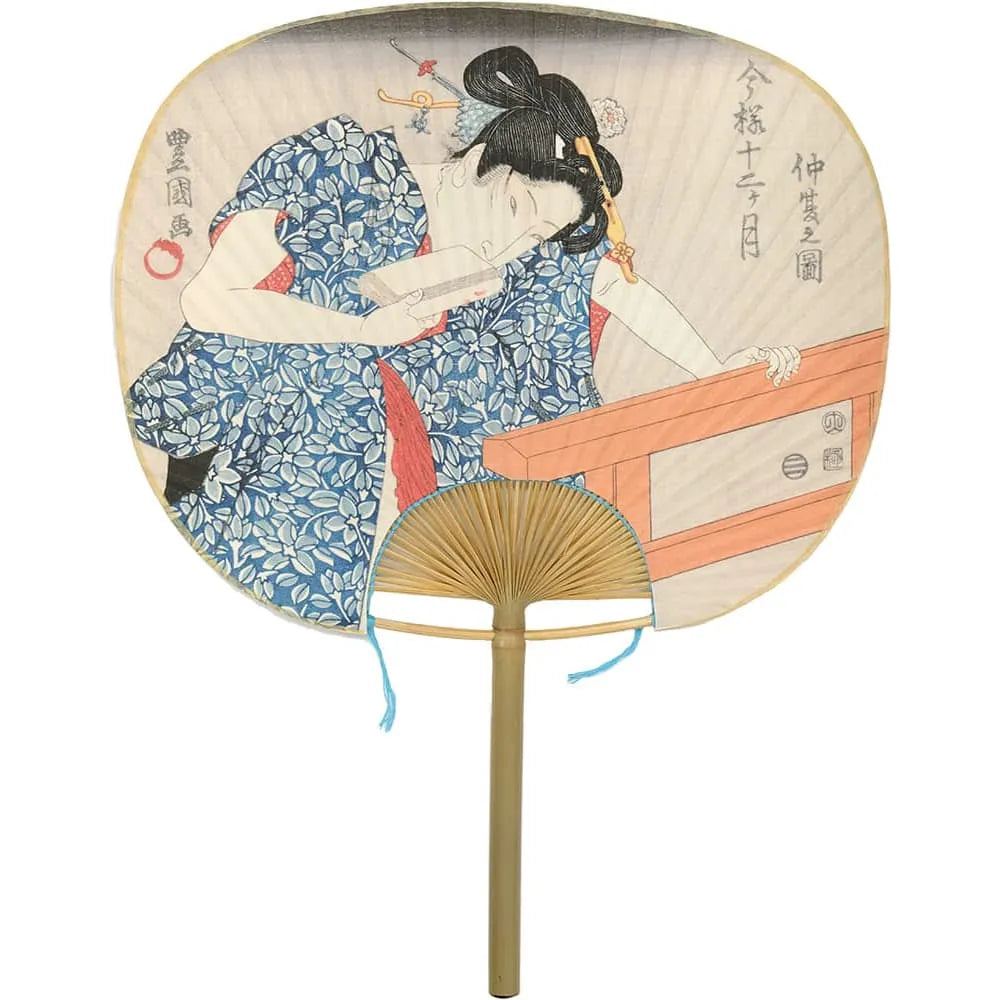
Edoround fanImasama 12 months, Toyokuni, Nakanatsu (May in the lunar calendar)
Painted by Toyokuni Utagawa Iround fanThis is an Edo period painting with "Naka Natsu no Zu" from the series "Twelve Months of Ima-Sama" painted by Utagawa Toyokuni I.round fanThis is the first time that the painting is on display in Japan. Toyokuni Utagawa was a member of the Utagawa school and gained popularity for his paintings of actors and beautiful women. This item is the only one in existence.round fanThis item is based on a woodblock print of a painting that is still in existence, and was produced by the publisherIbasenThis item was printed and produced by the publisher, K.K.K., based on the existing woodblocks of the painting.round fanThe design is playful, with beautiful pictures on both sides of the front and back, utilizing a structure that is unique to the print. [2]
Title
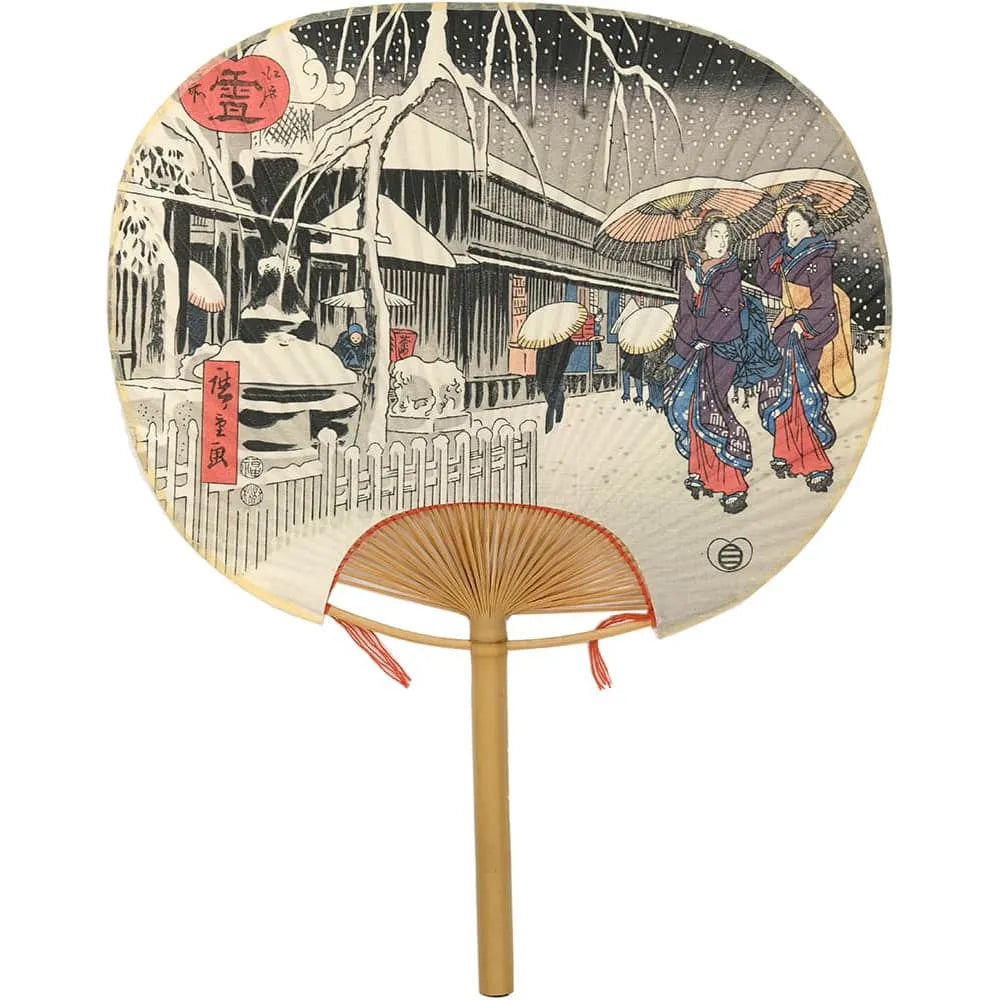
Edo period (1603-1867)round fanUkiyoe Hiroshige Snow
Ukiyoe by Hiroshige Utagawa, famous for his famous landmark paintings.round fanEdo in the painting "Edo Meisho Yukiround fanThis is the first time that the artist has painted a landscape painting of Edo. Utagawa Hiroshige is known for his many landscape paintings, including his masterpiece "The Fifty-three Stages of the Tokaido. The fan depicts two geisha walking through the town of Naka with umbrellas on a snowy day. This ukiyoe boldly depicts the townscape of the time, incorporating Western perspective. It was printed byIbasenis the only surviving copy ofround fanThe prints were printed and produced based on the existing woodblocks of the picture. [3]
Title
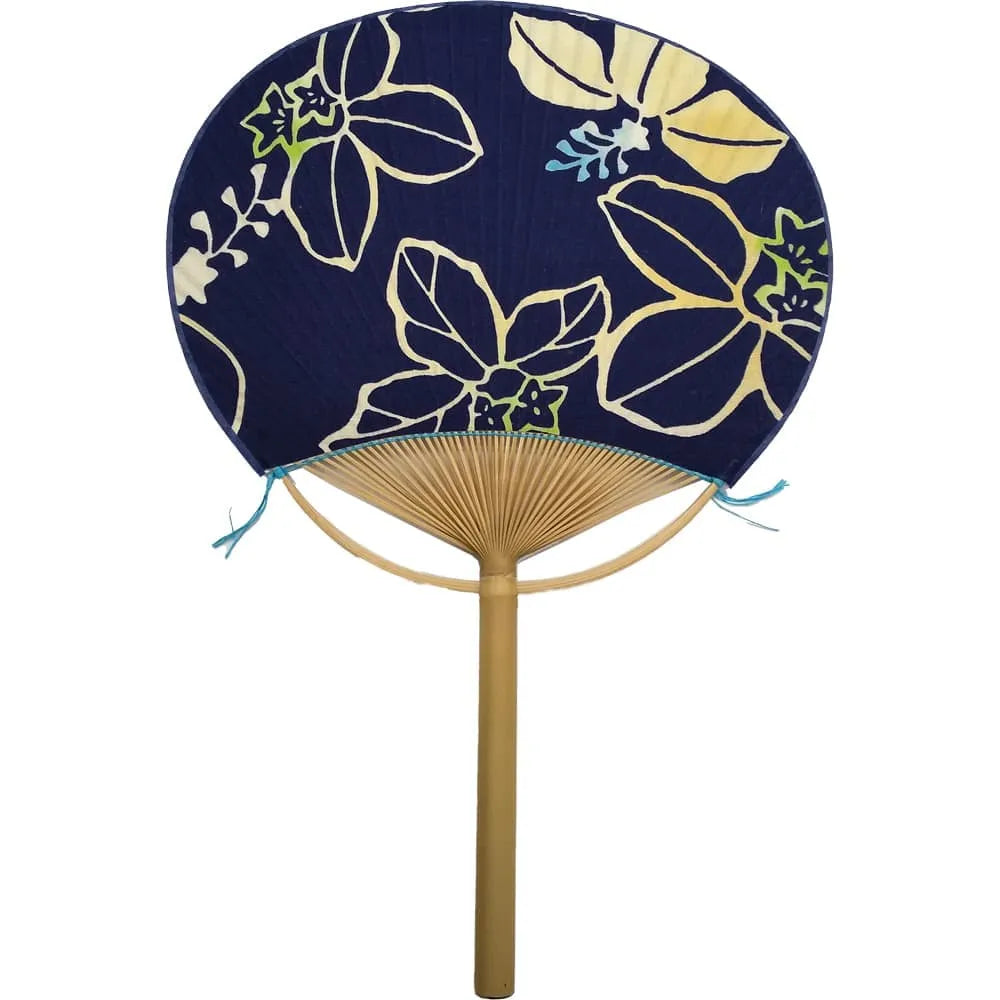
Edo fan, large full moon No.56
Edo Fans are handmade by craftsmen using a traditional method that has been used since the Edo period.round fanis made by splitting a single piece of bamboo, and has a cool appearance with the texture of natural materials. Each product is unique in its own way, with the pattern of each piece of fabric being different, so no two are the same. You will enjoy the unique flavor of each one-of-a-kind item.
Fanfolding fan・round fanLet's choose the best one by keeping in mind the differences and characteristics of the
So far, we have discussed the differences between fan andfolding fan・round fanI have told you about the differences and history of the fan and the fan. In the modern age, a foldable and portable fan is called a "fan" or "folding fan.folding fanThe one that cannot be folded and is made of Japanese paper or cloth is called "fan.round fanThe non-foldable ones, made of Japanese paper or cloth, are often called "fans. Both are tools that are held in the hand to generate wind and are often used in daily life. Since the choice of which product to select depends on the intended use, it is important to keep in mind the differences and features introduced above and select a fan/fan that is suitable for the intended use.folding fan・round fanPlease keep in mind the differences and features we have mentioned and choose the fan or fan/fan that is best suited for your usage.
